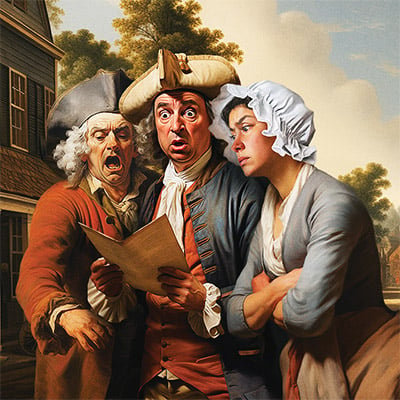Illustrations by Randy Pollak
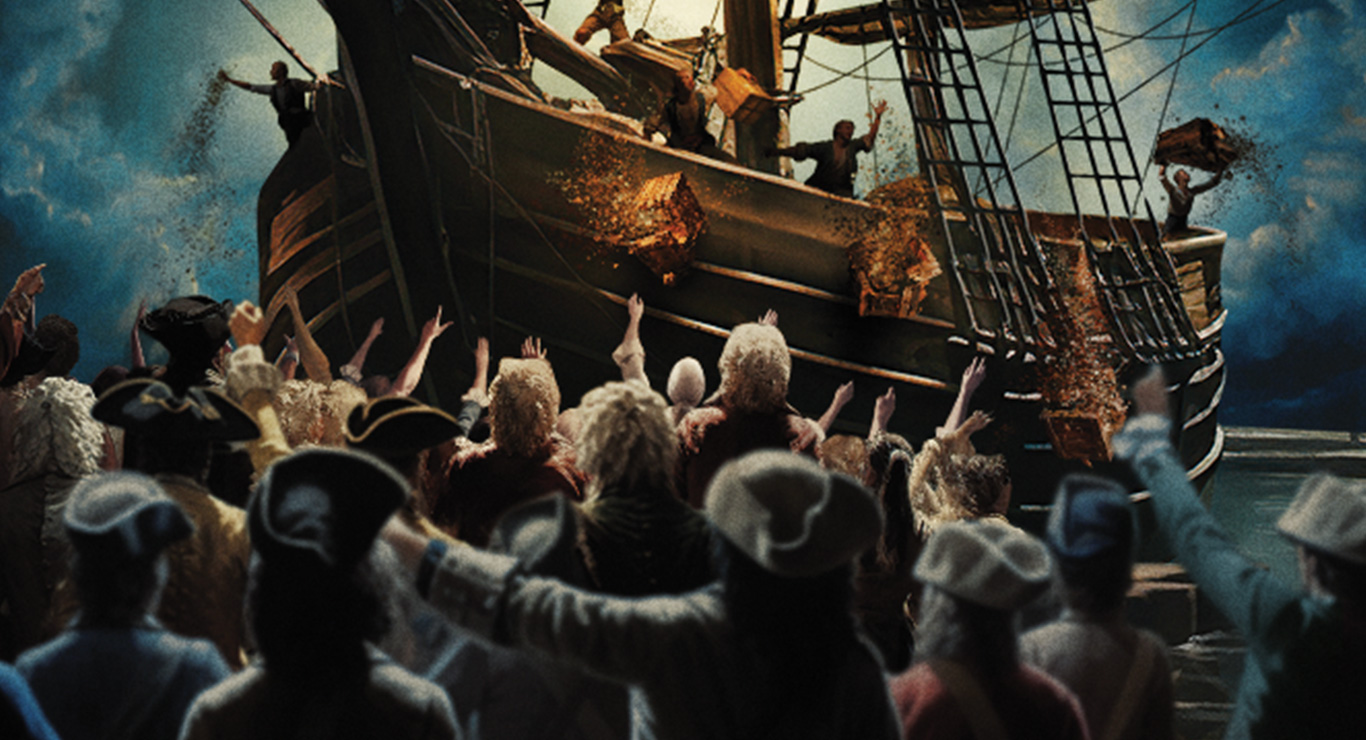


2. Explore the Timeline | Magazines+ Mini Unit
A New Nation Is Born
Explore the major events of the American Revolution.
1765: Pay Up!
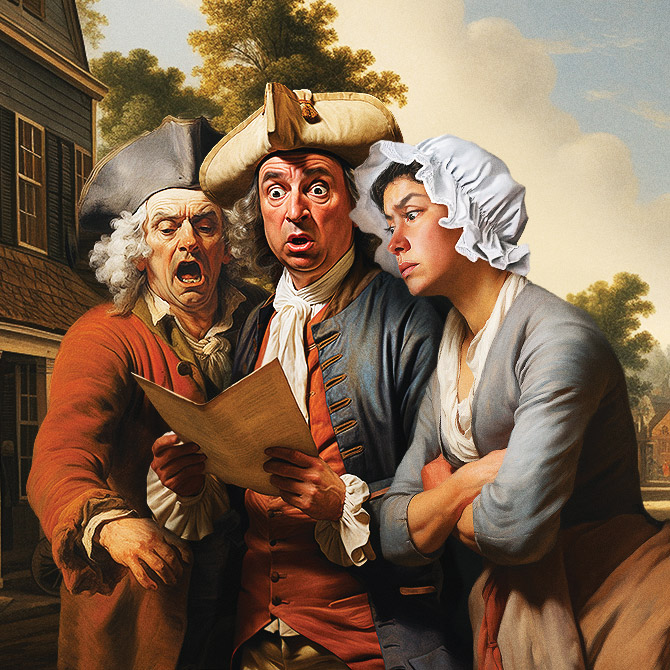
In 1763, Britain won a long war with France over control of land in North America. But years of fighting had left Britain in debt. To raise money, Britain passed a series of taxes on the 13 Colonies and other areas under British control. The first was the Stamp Act of 1765. It required colonists to pay extra fees each time they bought printed materials. That included newspapers, pamphlets, and even playing cards.
Many colonists were outraged. They had no representatives in the British government. That meant they had no say in how these taxes were created. Their rallying cry became “No taxation without representation!” In protest, many colonists refused to buy British goods.
Britain ended the Stamp Act in 1766. But there were more taxes—and outrage—to come.
1770: Revolutionary Riot
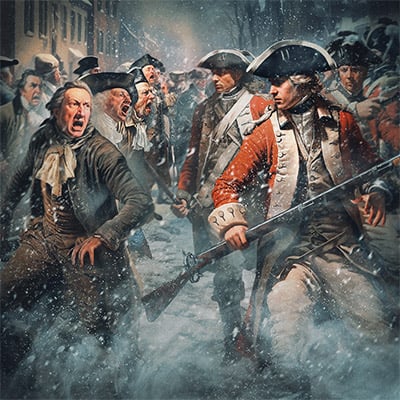
Illustrations by Randy Pollak
Britain sent soldiers to the Colonies in 1768. About 2,000 were sent to Boston, Massachusetts. The soldiers were supposed to help keep the peace, but instead, there were constant arguments between soldiers and colonists.
On March 5, 1770, a riot broke out in the city. Colonists threw ice, snowballs, and stones at a British soldier. More soldiers soon arrived. Then, suddenly, one soldier fired his gun into the crowd. After a few moments, more soldiers fired their weapons. Five colonists were killed. The incident, which became known as the Boston Massacre, helped turn many Americans against Britain.
1773: Tea Time

Illustrations by Randy Pollak
To calm the colonists, Britain stopped collecting taxes on many items in April 1770. The tax on tea remained in place, but many colonists avoided it by drinking tea from other countries. That meant Britain wasn’t getting as much tax money.
So in May 1773, Britain passed the Tea Act. It allowed the East India Company to sell its tea in the Colonies at very low prices—even with the existing tax added on. Britain hoped the law would encourage colonists to drink the cheaper British tea. But the plan failed. Colonists saw the Tea Act as yet another way to force Americans to pay up.
1773: Overboard!
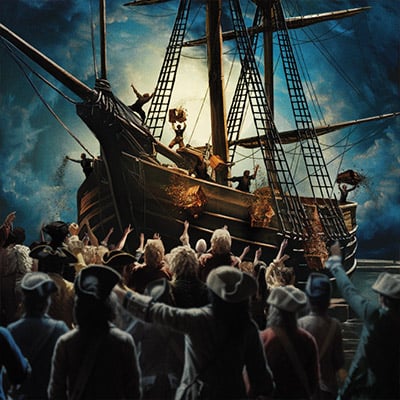
Illustrations by Randy Pollak
For months, anger over the Tea Act continued to grow. In the fall of 1773, three ships carrying tea from the East India Company arrived in Boston Harbor. A group of colonists called the Sons of Liberty refused to let the ships unload their tea.
Then, on the night of December 16, the Sons of Liberty organized a protest. About 100 colonists climbed aboard the three ships. They smashed open 342 chests of tea and dumped them into the water. The colonists destroyed about 92,000 pounds of tea—worth nearly $2 million in today’s money. The protest became known as the Boston Tea Party. It inspired similar protests across the Colonies.
1774: Britain Punishes the Colonists
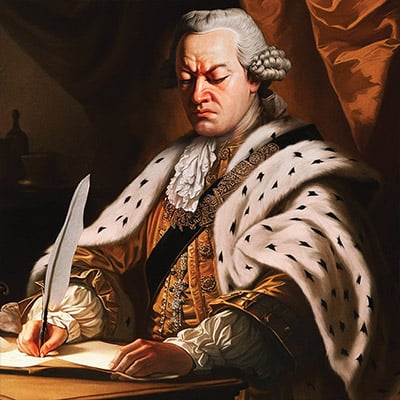
Illustrations by Randy Pollak
When Britain found out about the protest, it was furious. It decided to punish the colonists by passing a series of harsh laws that many Americans called the Coercive Acts.
One law closed the port of Boston until colonists agreed to pay for the destroyed tea. With ships unable to pass in or out, many local businesses lost money. Another law gave Britain more control over the colony of Massachusetts.
Britain hoped the laws would discourage colonists from acting out. But the plan failed. Americans grew more and more angry. Soon many of them wanted to break away from Britain for good.
1775: War Breaks Out
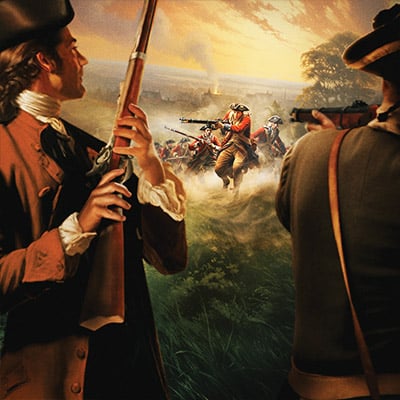
Illustrations by Randy Pollak
All that anger eventually exploded into war. On April 19, the first shots of the American Revolution were fired at Lexington and Concord, two towns near Boston. In June, General George Washington of Virginia was named the leader of the colonial army, called the Continental Army.
The first major battle of the Revolution took place on June 17 at Bunker Hill in Massachusetts. It ended with a British victory. Still, the colonists surprised the much larger—and more experienced—British army. More than 1,000 British troops were killed or wounded in the battle, compared with about 450 Americans.
1776: We Do Declare
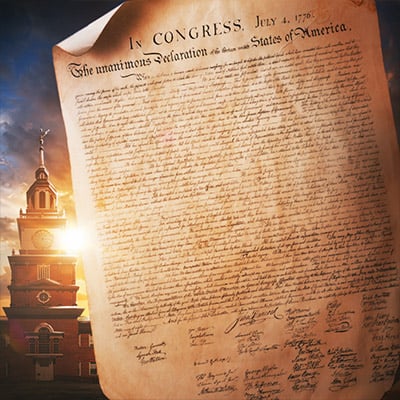
Illustrations by Randy Pollak
As the fighting continued, representatives from the Colonies met in Philadelphia, Pennsylvania, in 1776. On July 4, they approved the Declaration of Independence. It announced that the Colonies would no longer be under British rule. The document was written mostly by Thomas Jefferson. It spelled out the unfair treatment the colonists had suffered under Britain’s King George III. Today, the Declaration of Independence is considered one of the most important documents in U.S. history.
1778: A Helping Hand
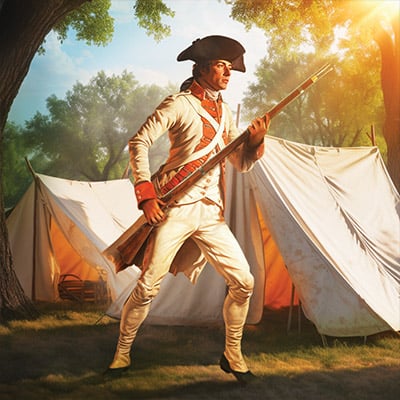
Illustrations by Randy Pollak
Leaders in France soon became convinced that the colonists could actually win the war. They decided to help the Americans. After all, France and Britain had long been enemies.
France joined the war in February 1778. The country proved to be a great ally for the colonists. It provided money, uniforms, weapons, and gunpowder. France also sent about 12,000 soldiers and 32,000 sailors to fight alongside the colonists.
1781: Surrender!
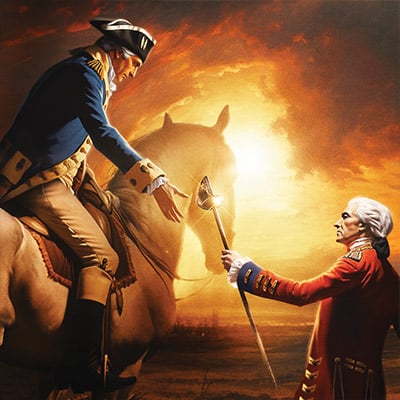
Illustrations by Randy Pollak
By the fall of 1781, the fighting had been dragging on for more than six years. Both sides were exhausted.
A key battle began that September in Yorktown, Virginia. The battle lasted for three weeks. British soldiers were badly outnumbered and, in the end, suffered heavy losses. On October 19, British General Charles Cornwallis surrendered to General Washington. It was the last major battle of the American Revolution.
1783: The War Is Over
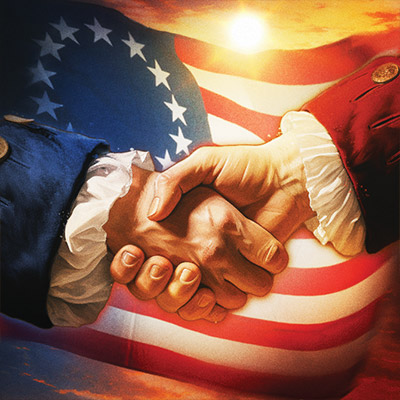
Illustrations by Randy Pollak
Representatives from America and Britain met in Paris, France, in April 1782 to make a peace agreement, called the Treaty of Paris. The treaty was signed on September 3, 1783. It officially ended the American Revolution.
The United States was its own nation at last.
Next up
Top illustration by Randy Pollak
